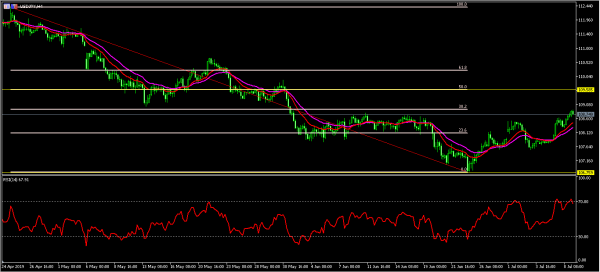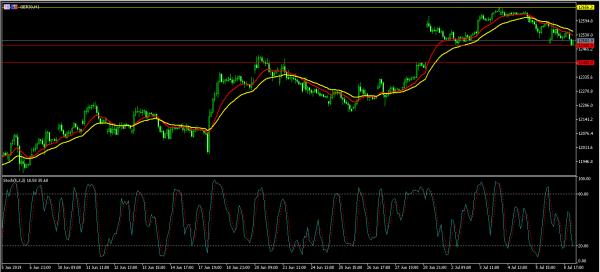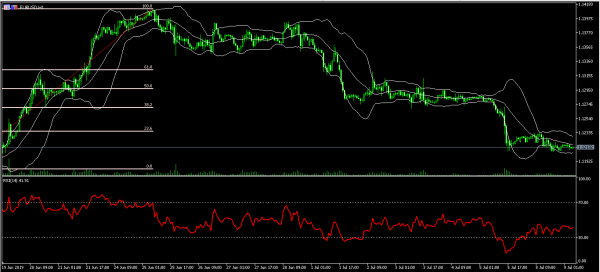The Japanese yen declined after the country released its inflation-adjusted real wages. The numbers showed that the wages declined 1.0% in May, which was the fifth straight month of declines. April’s wages were revised downwards to 1.4%. In May, the nominal cash earnings declined by an annual rate of 0.2% after being revised by 0.3% in April. Further, the regular pay declined by an annual rate of 0.6% while one-off special payments increased by 2.5% in May. In Japan, one of the biggest risks has been low inflation, which has been attributed to the low wage growth.
The DAX futures declined by 30 units as investors continued to focus on the crisis at Deutsche Bank. On Sunday, Germany’s biggest lender announced its restructuring plan that will see more than 18k job cuts. The bank also intends to form a bad bank with more than 74 billion euros in assets. It also intends to exit the equities trading business, which will see jobs lost in London, United States, and in Asia. Deutsche is not the only German company in trouble. Yesterday, BASF, which is the biggest chemicals company in the world announced that it was slashing its full-year forecast and warned that profits would nearly halve in the second quarter. The company blamed this on the ongoing trade conflict.
Today, the economic data will be limited. Investors will receive the unemployment rate data for Switzerland. They expect the data to show that the unemployment rate declined to 2.2% in June from the previous 2.3%. In Canada, they will receive the housing starts and the building permits data. In the US, they will receive the JOLTs job openings numbers, which are expected to show openings of more than 7.470 million. They will also listen to Fed speakers like Quarles, Bostic, Bullard, and Jerome Powell. Finally, they will receive the API crude oil inventories for the previous week.
EUR/USD
The EUR/USD pair was relatively unchanged in the Asian session and is currently trading at the 1.1212 level. On the hourly chart, the pair’s price is between the lower and middle line of the Bollinger Bands while the RSI has remained unchanged at the 40. Today, with no major economic data from Europe and US, the pair will likely make major moves in reaction to the statements of the Fed speakers.
USD/JPY
The USD/JPY pair ended the strong downward trend two weeks ago. Since then, the pair has been moving higher and today it reached a high of 108.90. On the four-hour chart, the pair is slightly below the 38.2% Fibonacci Retracement level. The pair is also above the 25-day and 14-day moving averages while the RSI has moved to the overbought level. The pair will likely continue moving higher, to test the 50% Fibonacci Retracement level of 109.60.
GER30
The DAX reached a high of €12,656 last week. Yesterday, the index declined to a low of €12,500 and according to the futures, it is expected to drop when the market opens. On the hourly chart below, the index is trading below the 14-day and 28-day moving averages while the signal line of the stochastic oscillator has moved closer to the oversold level. The index will likely move lower to clear the gap shown in red below.













